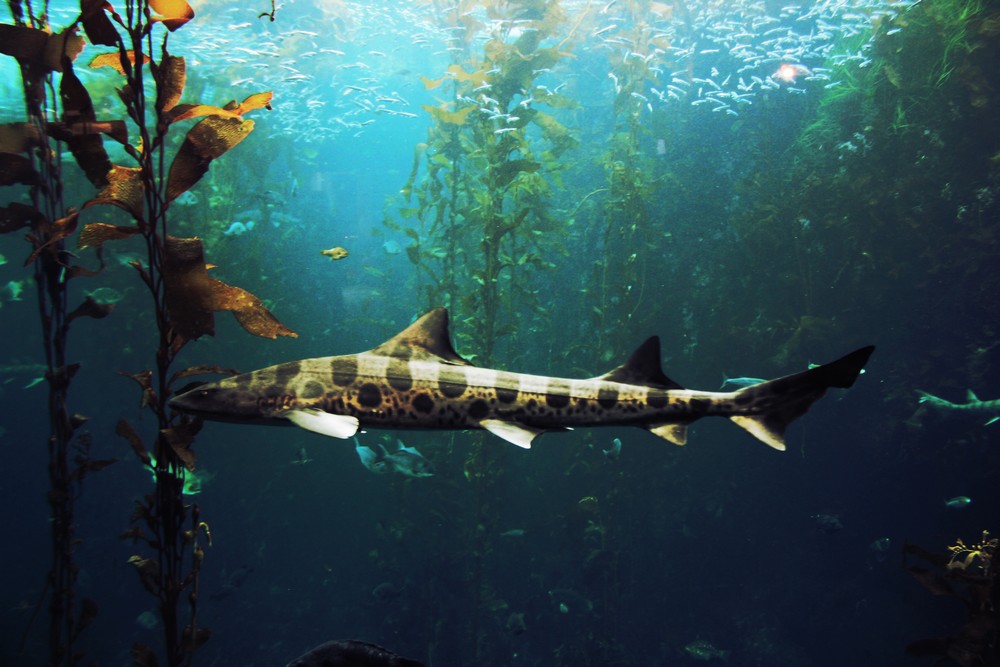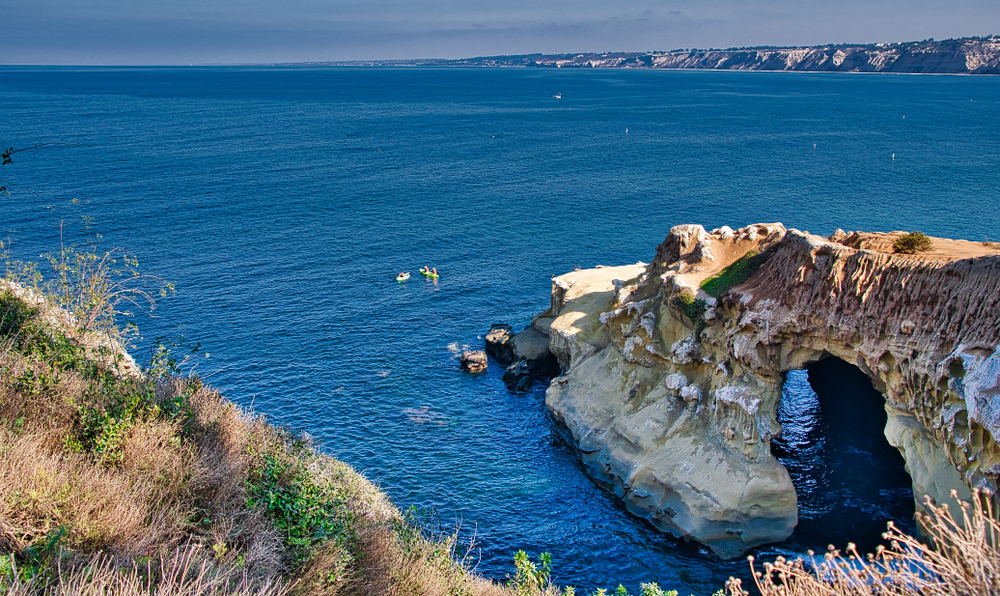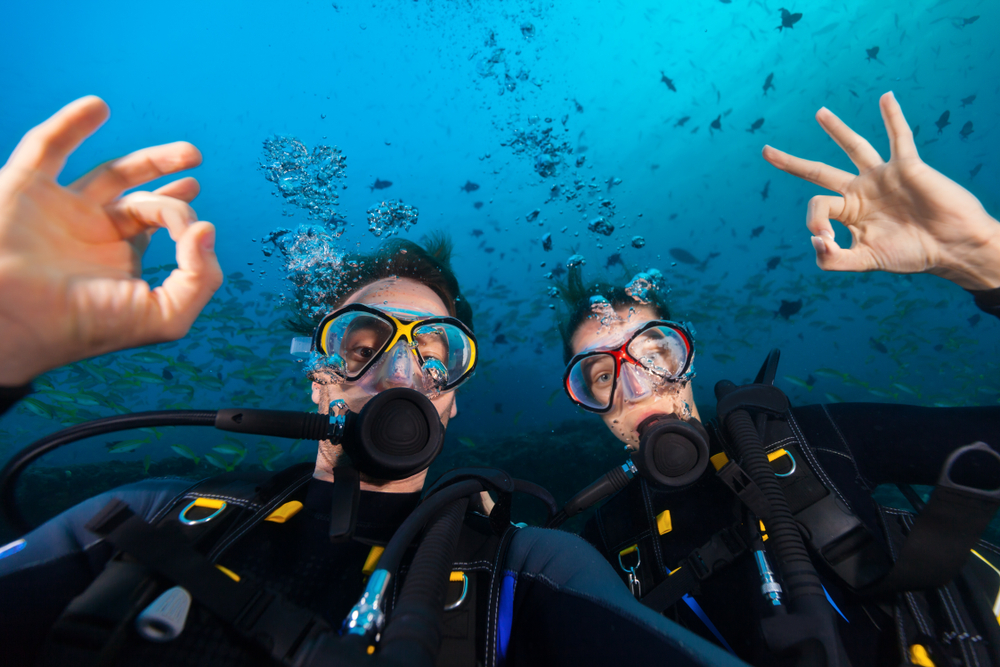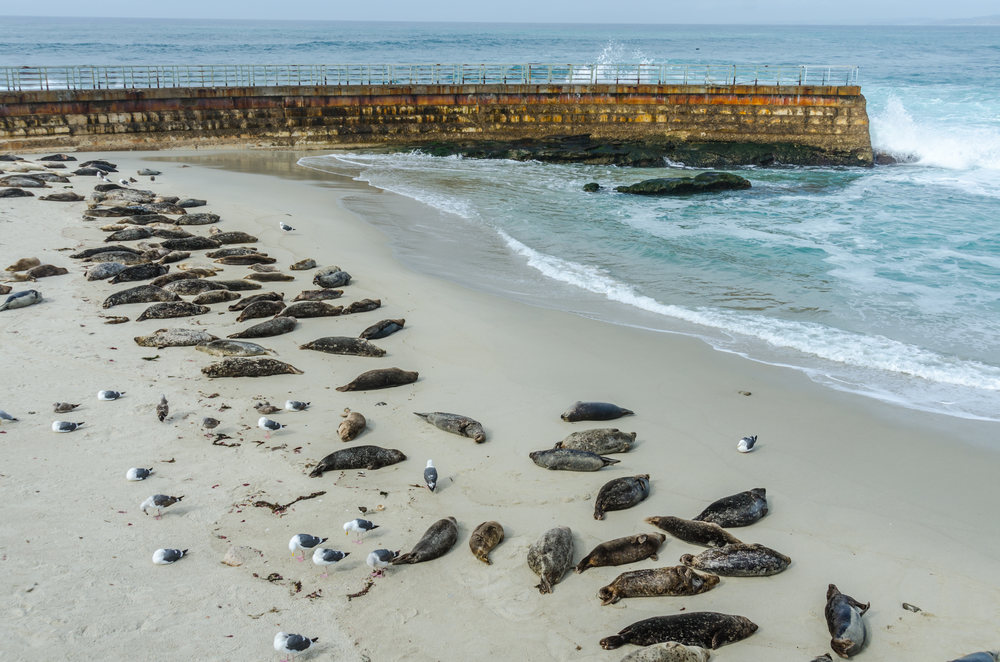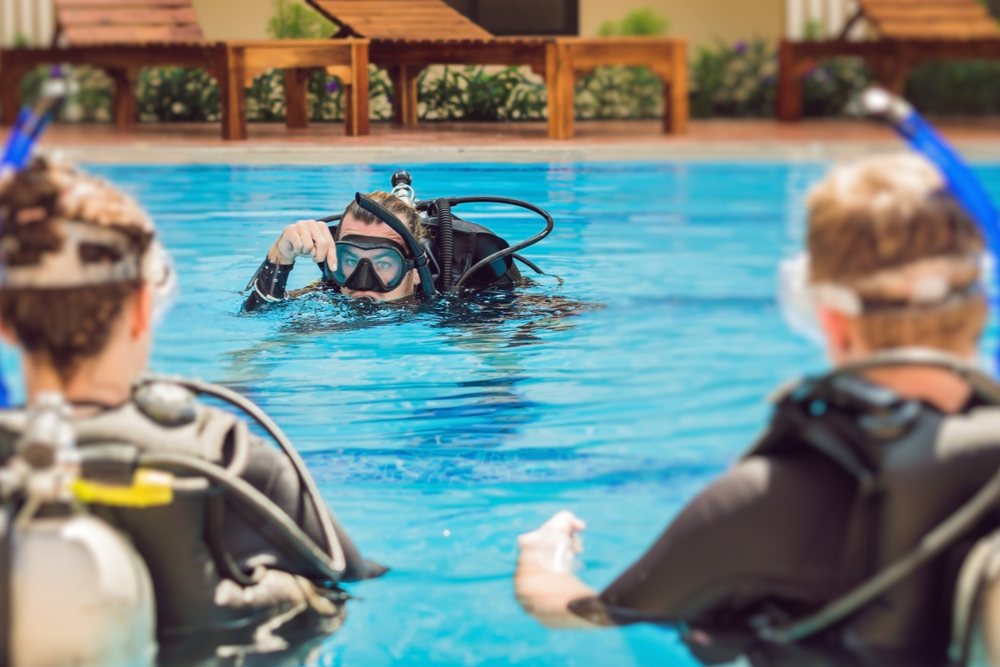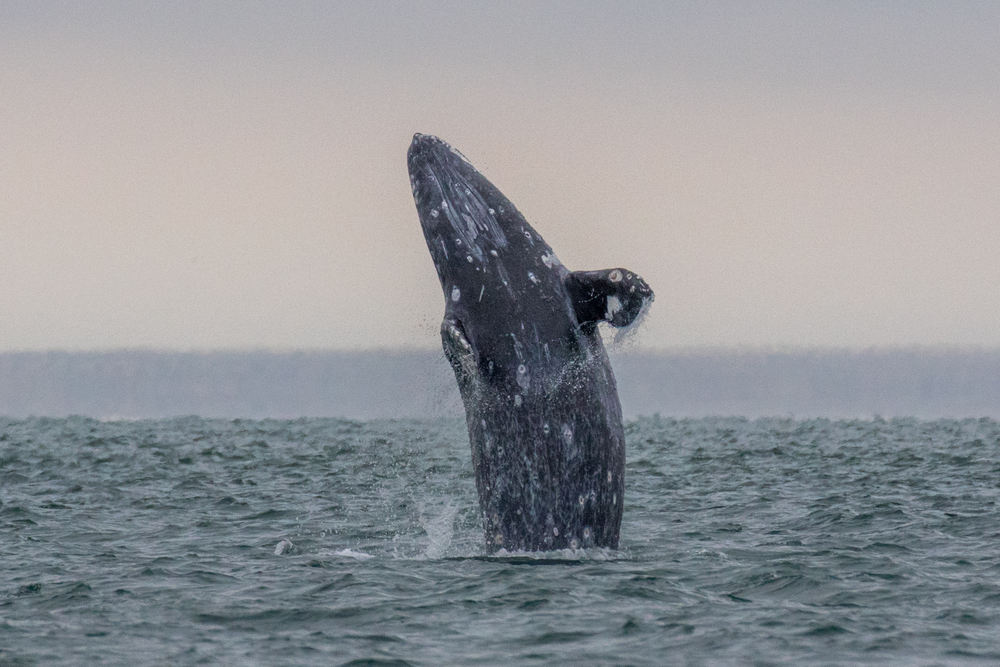Interesting Facts: The Leopard Sharks of La Jolla Cove
Each year a large migration of spotted sharks arrive in the La Jolla Cove to mate and hatch their offspring. These spotted beauties are known as Leopard Sharks. The Leopard Sharks can be found all along the Pacific Coast from Oregon (U.S), all the way down to Mazatlán (Mexico). They are no bigger than 5ft and have slender bodies. Their main characteristic identification is their spotted “saddle-like” leopard pattern they brandish.
Leopard sharks like to swim and forage for food in areas that are sandy/muddy flats, or rock strewn areas near reefs and kelp beds. This makes La Jolla Cove a quintessential place for these sharks making a stop on their way down to Mexico! Their migration at its largest population point in La Jolla Cove extends from June to September or October. At least 100 Leopard sharks can still be seen all year long.
And in case you were wondering, yes! … This species of sharks are completely harmless to humans! That makes Leopard Sharks a spectacle for all to enjoy getting up and close with. Here are some lesser known facts about these stunning creatures:
Did You Know?
- The Leopard Shark (also known as Triakis semifasciata) can live up to 30 years and it takes over a decade for them to reach maturity!
- There has been one reported incident of a shark attack in the International Shark Attack File, which was not fatal, nor did it cause any significant harm to the individual because there was no bite! These sharks are commonly known for being harmless with humans.
- In recent years (early 90’s) California and Oregon set in regulation for a once declining population of Leopard Sharks, the regulations have since been removed. Although they do face the risk of over-fishing, it is thought that the regulations put in place had significantly helped this issue.
- The main issues for possible over-fishing could be: late age of reproduction and low reproduction rate, and slow growth.
- Leopard sharks are bottom feeders; they feed on benthic invertebrates and other smaller fishes like: crabs, octopi, Urechis Caupo, shrimp, sanddabs, fish eggs, and many other smaller water life creatures.
- The leopard shark was first documented by Girard in 1855 where they were names Triakis Semifasciatum, now transformed to Triakis Semifasciata. Triakis is extracted from a Greek word translating to “three-pointed”. This refers to the shark’s three pointed teeth. Semifasciata stands for “half-banded”, which notes the saddle like markings on the shark.
To schedule your Day Dive or Night Dive at La Jolla Cove go to https://tridentdiver.com/shop/ or call (619) 415-9426 today.


